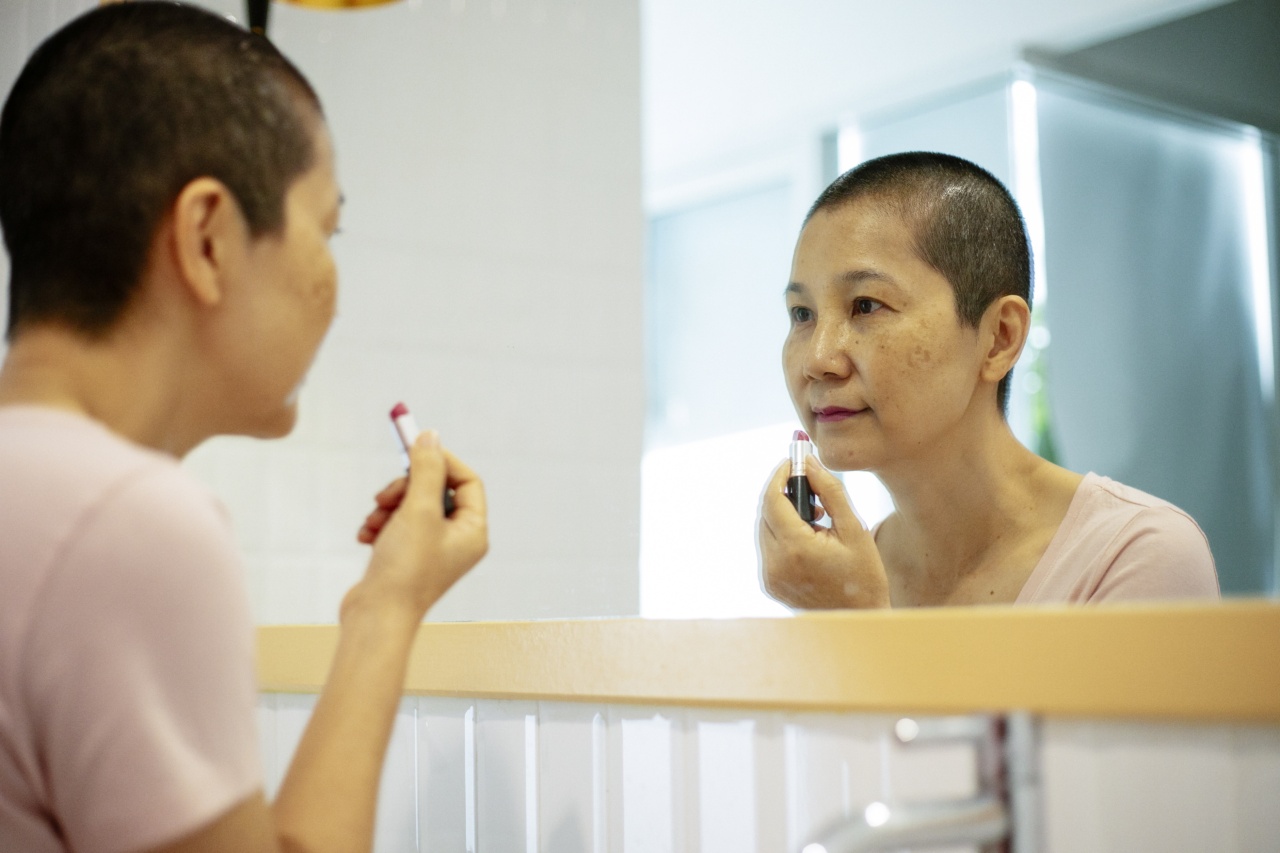Cancer is a lethal disease that claims many lives around the world. Breast cancer remains one of the leading causes of cancer deaths among women globally. It is important to note that there are different factors that have been linked to breast cancer.
There have been growing concerns over the impact of cosmetic products use on breast cancer, with some studies suggesting that there is a link between the two.
What are Cosmetic Products?
Cosmetic products are personal care items that are widely used by both women and men. These personal care items are used for their beautification and to improve the appearance and health of the skin, hair, and other body parts.
Cosmetic products come in various forms such as creams, shampoos, perfumes, lotions, deodorants, makeup, and many others.
What Are The Suspected Carcinogenic Ingredients Found in Cosmetic Products?
Cosmetic products are made up of multiple ingredients, some of which may be harmful when ingested, inhaled, or applied to the skin. There are several suspected carcinogenic ingredients found in cosmetic products, which include:.
- Parabens: Parabens are widely used preservatives in cosmetic products. They have estrogen-like properties, and studies have shown that they can disrupt the normal functioning of hormones, which may contribute to breast cancer development.
- Phthalates: Phthalates are hormone-disrupting chemicals that can be found in perfumes, nail polish, hair sprays, lotions, and many other cosmetic products. Studies have shown that phthalates can act as an endocrine disruptor, which increases the risk of breast cancer.
- BPA: Bisphenol-A (BPA) is a chemical found in many cosmetics containers such as plastic bottles, containers, and can liners. Studies have linked BPA exposure to an increase in breast density, which is considered a breast cancer risk factor.
- Formaldehyde: Formaldehyde is a preservative that is commonly found in cosmetic products like shampoos, conditioners, and hair dyes. It is a known carcinogenic substance and can cause a range of health problems, including cancer, when one is exposed to it in high amounts.
- Triclosan: Triclosan is an antibacterial chemical found in soaps, toothpaste, deodorants, and many other cosmetic products. Studies have shown that it can disrupt normal hormone function in the body and increase the risk of breast cancer.
How Do These Ingredients Get into Breast Tissue?
Research has shown that cosmetic ingredients can penetrate the skin and enter the bloodstream, which increases the likelihood of cancer-causing ingredients getting into breast tissue.
Once these harmful ingredients get into the breast tissue, they can interact with the cells in the breast, leading to mutations that may contribute to breast cancer development.
What Does the Latest Research Say About the Link Between Breast Cancer and Cosmetic Products?
There is still ongoing research on the link between breast cancer and cosmetic products. Recent studies have indicated that there may be a link between the two.
In a study published in the Journal of Applied Toxicology, researchers found that many cosmetic products contain harmful chemicals that could increase the risk of breast cancer.
Another study published in the Journal of Cancer Epidemiology, Biomarkers & Prevention found that black women in the United States have higher levels of hormone-disrupting chemicals in their blood than white women.
The study suggested that this could be due to the use of hair products, which are common among black women.
What Can Be Done to Decrease the Risk?
If you are concerned that your cosmetic products contain harmful chemicals that may increase your risk of breast cancer, there are several things you can do to decrease your risk. Here are some of the things you can do:.
- Read product labels carefully and avoid products that contain harmful chemicals.
- Purchase products that use natural and organic ingredients instead of those that use synthetic ingredients.
- Look for cosmetic products that have been certified as organic or natural by accredited organizations.
- Avoid using cosmetics products that have passed their expiration dates or been open for a long time.
- Avoid using perfumes and hair sprays near breasts.
- Avoid applying creams and lotions that contain parabens or phthalates on your breast or adjacent areas.
Conclusion
Although research on the link between cosmetic products and breast cancer is still ongoing, it is important to be aware of the potential risk involved.
To reduce the risk of breast cancer, it is important to choose personal care items that are free from harmful chemicals. Regular checkups with a doctor and self-examination are essential to detect any early signs of breast cancer.






















